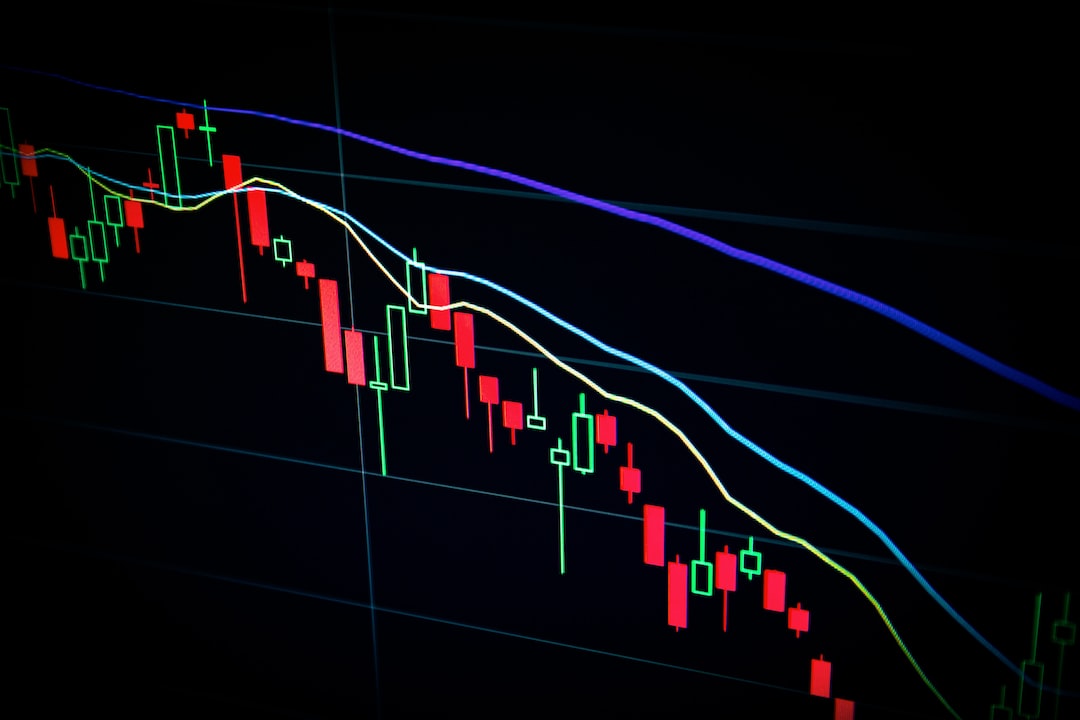The foreign exchange market, commonly referred to as forex, is the largest and most liquid financial market in the world. It involves the exchange of currencies between countries for various purposes, such as international trade, tourism, and speculation. As such, forex traders are constantly analyzing and monitoring various currency pairs to identify potential trading opportunities. One crucial aspect of forex trading is understanding the correlation between different currency pairs. In this article, we will explore what pairs correlate in forex.
What is Correlation in Forex?
Correlation refers to the relationship between two or more financial instruments, such as currency pairs. In forex trading, this relationship is measured on a scale of -1 to +1, with -1 representing a perfect negative correlation, 0 representing no correlation, and +1 representing a perfect positive correlation. A perfect negative correlation means that two currency pairs move in opposite directions, while a perfect positive correlation means that two currency pairs move in the same direction.
Why is Correlation Important in Forex Trading?
Understanding the correlation between currency pairs is crucial for forex traders for several reasons:
1. Risk Management: Forex traders use correlation analysis to manage their risk exposure. If two currency pairs have a high positive correlation, that means they tend to move in the same direction. As a result, by taking positions in both currency pairs, a trader may be overexposed to the same market movements, which could result in amplified losses if the market moves against them. On the other hand, if two currency pairs have a high negative correlation, they tend to move in opposite directions, which can help reduce overall risk exposure.
2. Trading Strategies: Correlation analysis can also help traders develop trading strategies that take advantage of market movements. For example, if a trader identifies two currency pairs with a high positive correlation, they can use this information to identify potential trading opportunities. If one currency pair shows a bullish trend, the trader may assume that the other currency pair will also show a bullish trend and take a position accordingly.
3. Diversification: Correlation analysis can also help traders diversify their portfolios. By identifying currency pairs with low or negative correlations, traders can create a diversified portfolio that reduces their overall risk exposure.
What are the Different Types of Correlations in Forex?
There are three types of correlations in forex trading:
1. Positive Correlation: A positive correlation occurs when two currency pairs move in the same direction. For example, the EUR/USD and GBP/USD currency pairs tend to have a high positive correlation. This means that when the EUR/USD pair rises, the GBP/USD pair will also tend to rise.
2. Negative Correlation: A negative correlation occurs when two currency pairs move in opposite directions. For example, the USD/JPY and USD/CHF currency pairs tend to have a high negative correlation. This means that when the USD/JPY pair rises, the USD/CHF pair will tend to fall.
3. No Correlation: No correlation occurs when two currency pairs have no relationship to each other. For example, the EUR/USD and AUD/JPY currency pairs tend to have no correlation.
What Pairs Correlate in Forex?
The correlation between currency pairs can change over time, depending on various factors such as economic data releases, political events, and central bank policy decisions. However, there are some currency pairs that tend to have a high positive or negative correlation, as shown below:
1. EUR/USD and GBP/USD: These currency pairs tend to have a high positive correlation, as both currencies are heavily traded in the European market.
2. USD/JPY and USD/CHF: These currency pairs tend to have a high negative correlation, as both currencies are considered safe-haven currencies and are often used as a hedge against market volatility.
3. AUD/USD and NZD/USD: These currency pairs tend to have a high positive correlation, as both currencies are heavily influenced by commodity prices, particularly the price of gold.
4. USD/CAD and USD/MXN: These currency pairs tend to have a high negative correlation, as both currencies are heavily influenced by the price of oil.
Conclusion
In conclusion, understanding the correlation between currency pairs is essential for forex traders to manage their risk exposure, develop trading strategies, and diversify their portfolios. While the correlation between currency pairs can change over time, there are some currency pairs that tend to have a high positive or negative correlation. By monitoring these correlations, traders can make more informed trading decisions and improve their overall profitability.





